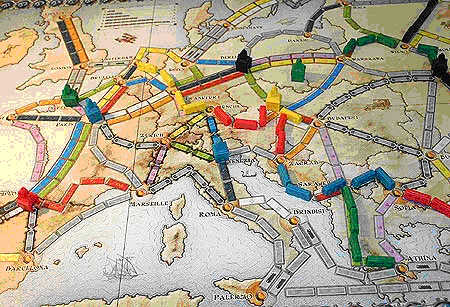The Integration of Infrastructures in Europe before the Great War and after the Second World War in comparison

The project’s prime objective is to illustrate the similarities and/or differences in the integration of infrastructures in Europe. The set time frame will be the last decades before the Great War and the ones after the Second World War (until the 1970s). On the basis of a diachronical and synchronical comparative analysis of the results, specific typologies of infrastructural integration should be abstracted. Ideally, these typologies then lead to a model of infrastructural integration. The project compares the integration of infrastructures in transport (railway, inland navigation), communications (mail, telecommunication,
radio) and systems of supply.
The integration of infrastructures can be defined as the establishment of interconnectivity and interoperability of infrastructural networks and services through the adaptation of technical, operational, administrative or juridical standards or tariffs. The project focuses on the structure of international relations in politics and the economy (polity), the processes of decision-making within these structures (politics) and the contents of the standardisations (policy). In doing so, one recognises in which way policy, polity and politics influence each other. A set scheme of analysis for the sub-projects on the one hand and representative case studies of integration on the other hand underlie the diachronic and synchronous comparisons.
Further information
